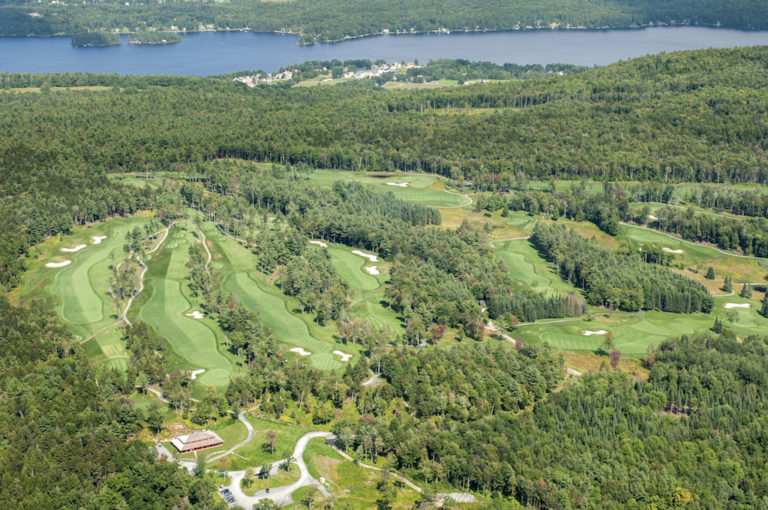Synthetic revet makes bunkers possible at famed Scottish links.
ISLE OF ISLAY, Scotland (Dec. 24, 2020) – Rebuilt a few years ago by architect and former European Tour player David J. Russell, the famous Machrie links on the Scottish island of Islay has now almost finished the construction of the bunkers on the new-look course.
And, according to course manager Dean Muir, it is only the use of the EcoBunker synthetic edging system that has made the installation of the bunkers possible.
“Now, there are almost fifty bunkers on the course,” says Muir. “When DJ started the redesign project, the original intention was to have none. Had they been natural, we could never have managed to maintain those bunkers, because of the flymowing and strimming, and we would have had trouble building them too. Because of our island location it is difficult and expensive to get revetting turf, and our small turf nursery could never provide enough. It is the use of EcoBunker that has made these bunkers possible.”
Muir, who comes from Dunbar in the east of Scotland, first saw the EcoBunker method in use on a project in his hometown and realized quickly that it could be a help at The Machrie. Some links courses have resisted using EcoBunker, for fear that their bunkers will look artificial, but Muir believes he has found a solution to this issue.
“After I saw photographs of the EcoBunkers built with double stacks of astroturf at the new Dumbarnie Links course in Fife, I realized they were just right for us,” he says. “The bunker faces were hydroseeded with fescue: once this started to grow, it made the bunkers look even better. So, we rubbed fescue seed into the faces – you don’t want a lot, but a little bit of growth makes the bunkers look much more natural.
“Some of our EcoBunkers are nearly three years old, and a bit of age helps the naturalisation process too. The local golfers know they are EcoBunkers, but the majority of our play is visitors, and I don’t think they have any idea that the bunker faces are synthetic.”
Muir’s team has been constructing the EcoBunkers itself, following some training from the EcoBunker team. “We have built 22 EcoBunkers since October, and have just ten to go,” he said.











